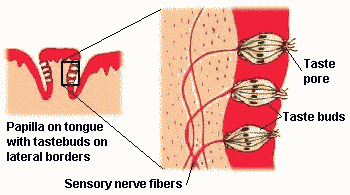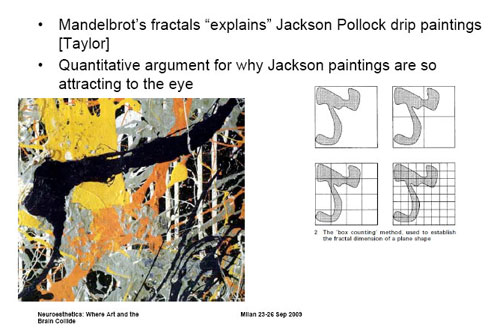Imagining a predictive model of aesthetics
/Within my lifetime, I think science will understand why your brain likes what it likes. Not only neuroscientists, but marketers, advertisers, and designers will all employ brain scans to anticipate preferences, catch our attention, design packaging and pattern our surroundings. It’s already happening, but the precision and accuracy targeted at every individual is going to be amazing.

I've developed a hypothesis -- I think beauty or the sense of great comfort from art is related to the viewer’s early experience and the desire to recover something recognizable. Not at the literal or narrative level of memory, but where pattern operates like music, and provides a rhythm that feels like a familiar recollection at the level just below consciousness. I think science will find attraction and desire are based on brain fluency, which is wired from the cumulative stimulus of individual life experience. By extension, I believe each of us has something like a ‘genome of sensory preference’, which could be mapped. And eventually it's possible a predictive model of aesthetics could be built for each of us.







